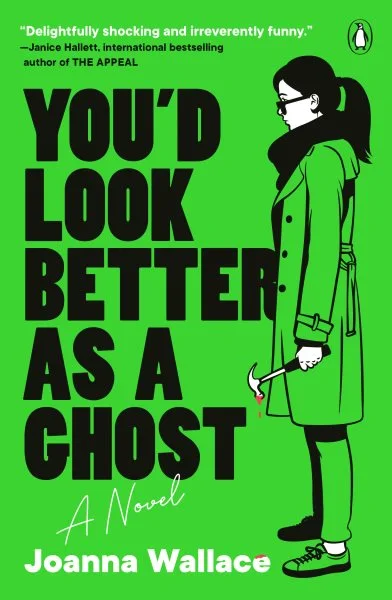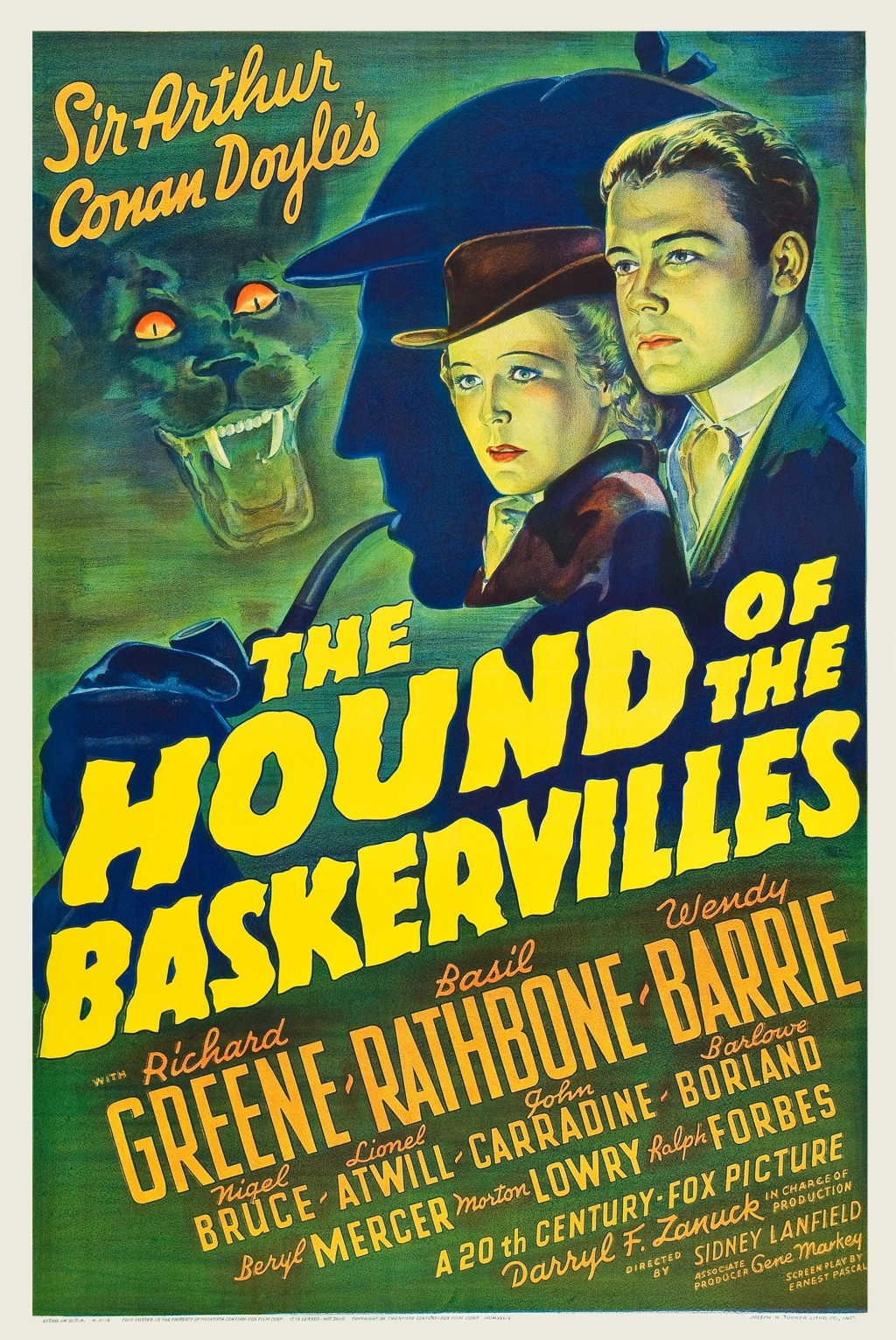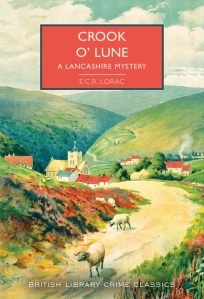
Originally published in 1926.
In Payment Deferred set in 1926, William Marble, a bank clerk living in south London with his wife Annie and their two children, is desperately worried about money and is in grave danger of losing his house and job. An unexpected visit by a young relative with an inheritance tempts William to commit a heinous crime.
The story begins with Mr. Marble facing imminent financial ruin. He has become badly overextended, borrowing heavily against future earnings but he has reached the point where payments are coming due that he knows he cannot meet. Then unexpectedly a possible source of salvation seems to present itself.
The Marble family receives a visit from their Australian nephew who has just arrived in London. When he happens to pull out his wallet Mr. Marble notices that said nephew’s wallet is bulging as he had cashed a security upon arriving in the city. At first he hopes he might be able to convince his guest to stand him a loan or gift but when he offers resistance and happens to mention that they are the only people who know him in the country, Marble decides to commit murder and buries his victim in his garden.
The action I have described takes place in just a handful of pages at the start of the novel. The remainder of the book explores the aftermath of that crime as we learn what Marble does after his murder and experience the growing sense of dread he feels that he will be caught and hanged for his crime. This near-mania is captured really well, depicting the obsession and dread in such a way that we feel how relentless it is without having to endure that ourselves.
One way we can look at this novel is as a character study of a murderer, exploring how the criminal act appears to have changed him as a man. Certainly there is a sense that this action sets him on a dark path to destruction, an idea that is not uncommon in inverted crime stories (for a later take on the same idea you might see Crofts’ Antidote to Venom or Simon Brett’s A Shock to the System). I think though that what makes Forester’s novel interesting beyond its relatively early publication date is the chilling idea that murder has not changed Mr. Marble as significantly as we might expect.
Although we only know Marble for a few pages prior to the murder we do get signs as to his degeneracy. His relationship with his wife is hardly warm while his manufacturing of complaints to allow him to punish his children and send them to bed so he can start drinking is not the action of a caring father. These tendencies certainly become more pronounced, often as a consequence of his feelings of fear and desperation, but those aspects of his character were already there.
Often characters of this type are portrayed as somewhat emasculated or domineered within their home. We might think of Dr. Bickleigh in Malice Aforethought, published just a few years after this, for an example of that sort of portrayal. In contrast it seems quite unusual to find that our murderous head of the family here, while often ineffective, is genuinely loved and respected by his wife. She is not portrayed as a particularly strong individual and modern readers may feel frustrated that she seems to submit to her ill-treatment but I found the portrayal credible, particularly in her conflicted reactions to some of the developments later in the story.
The characters of the children, while clearly playing secondary roles, each get moments that explore how they react to the changes that take place in their household. This was, for me, some of the most interesting material in the novel because I feel it is here that the work is at its least predictable. Given that this novel, while possessing a short page count, takes place over a spread of several years we do get to see some significant growth in each character and I feel that they are used very thoughtfully in exploring Marble’s own story.
The Marble family’s circumstances undergo a considerable transformation throughout this novel and this allows Forester some room for social commentary, particularly in relation to matters of class. Some of these observations are quite familiar such as the idea that the nouveau riche may prize an item for its perceived status regardless of how tasteful it is but there are also some sharp comments about financial companies, middle managers and nosy neighbors.
While the book offers some satirical notes, I should emphasize that there is very little lightness or levity. It is not simply that Marble is an unpleasant man but that it becomes increasingly clear as you read that you are not heading for anything approaching a happy ending. While it may not be obvious how doom will come, it is clear that punishment of a sort will come. I think it would be fair to say that the book does deliver in that regard with Forester delivering a really punchy and effective conclusion that I think will satisfy fans of Francis Iles and other writers of his ilk.
The only other negative I might offer is that there is a financial action Marble takes at an early point in the novel that is quite technical and which Forester explains in more depth than some readers might wish. I understand why he felt the need to do so but the presentation feels quite dry and does little to provide clarity for those who would not already understand the basic idea. Still, this plays out over just a handful of pages and once explained is essentially not referred to again.
Overall I was really glad that I gave this book a try. While the tone is never light and there is a pervading sense of doom, Forester writes in an engaging way and I appreciated that there were several developments that I simply could not have anticipated at the start. As an example of an inverted crime story I found it even more interesting, particularly given it predates Malice Aforethought, and I would certainly recommend it to anyone interested in the sub-genre.
The Verdict: A bleak but powerful story of how a crime looms over the life of the man who committed it.




Leave a comment